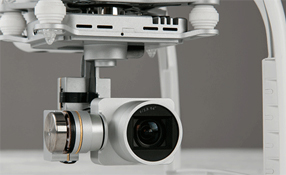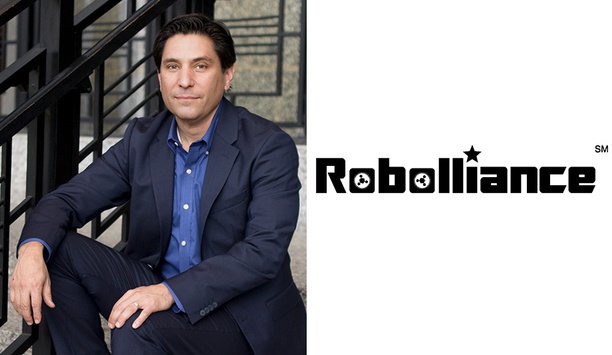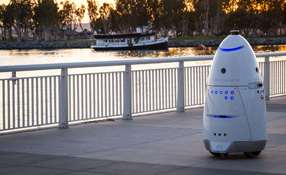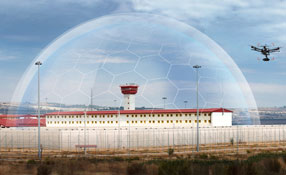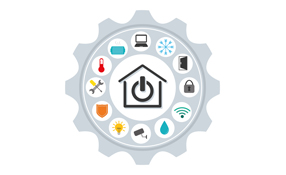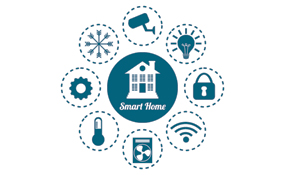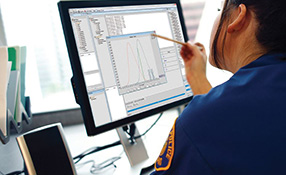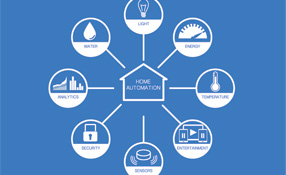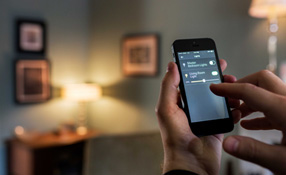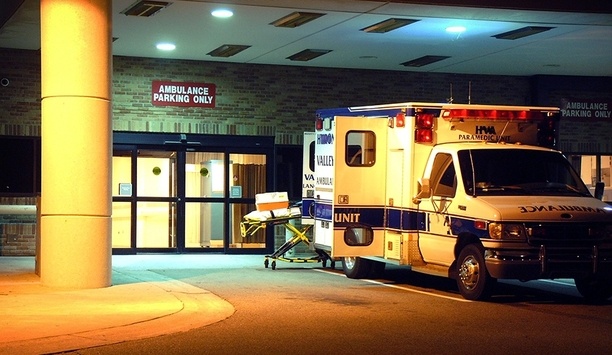Robots come in all shapes and sizes from small tracked vehicles to large upright cylinders and cart-like devices on wheels. They fly through the air and glide underwater. They’re becoming familiar sights and will become more so. The future of robots in the military, public safety and security is expanding for some very good reasons.
The new crop of robots enhances security and safety and does a better job than human security personnel. Technology is improving rapidly. Robots are getting smarter as lasers, cameras and other sensors enable them to “see” where they’re going and report back on what they observe to background networks.
Factors Driving Robotics
Crime rates have fallen in recent decades for a variety of reasons, but one big one is better technology, according to Brian Higgins, founder and president of Group 77, a security and public safety consulting firm.
“As robotics continues to advance |
“The growth and influence of technology in law enforcement (has changed) how crime is handled and the reduction in certain crimes,” he says. “As robotics continues to advance at the pace we have seen recently, we’ll learn new ways that robotics will integrate into security and public safety that we cannot even fathom.”
One factor driving robotics is the promise of better monitoring of facilities than can be provided by stationary CCTV. Robots equipped with cameras, lasers and other sensors offer a much more eye-level view of a situation. As they move around an area such as a perimeter fence, they can recognize anomalies such as an open gate or an object that shouldn’t be there.
Movable Cameras
“The problem was very simple – how to make cameras movable,” explains Leo Ryzhenko, CEO of SMP Robotics Systems Corp. “The problem is if you have 200 cameras, it’s an expensive project just to keep them (operational). Second is you need people, a lot of people, just to watch monitors. Often, these people are not doing the job. It’s impossible for humans to look at 200 cameras.”
Ryzhenko decided that mobile robots were the best solution for getting cameras off of poles and walls and close to the action.
“Cameras should be movable, and they have to be clever enough to find out who is a real intruder or just a stray dog,” he explains. “The camera should communicate very well with the security guy. The whole idea of the security robots is not to replace security guards, but to provide an additional layer of security.”
 |
| Knightscope's robots collect data using 360-degree high-definition and low-light infrared cameras and built-in microphones |
Rising Demand For Mobile Video Surveillance
SMP Robotics started to design its machines in 2009 because of a growing demand from the security services sector for mobile video surveillance operation at large facilities. The main goal was to create and expand a market segment with a new class of compact autonomous commercial robots, according to Ryzhenko.
These machines, which are built in Russia, can handle a variety of tasks ranging from perimeter fence monitoring to snow removal and mosquito spraying.
With access to robots equipped |
Another maker of Autonomous Data Machines is Knightscope. The company was founded by Stacey Dean Stephens, a former law enforcement agent, and William Li after the horrific Sandy Hook school shooting. One of their motivations was a report that had found if officers had been able to get into the building a minute sooner more than a dozen lives could have been saved. Arriving officers had no direct intelligence about the shooter and where in the building he was located. With access to robots equipped with cameras and sensors, police could have gained actionable intelligence to speed the deployment of law enforcement.
Stephens came up with the idea to build a predictive network to prevent crime, using robots. The units collect data using 360-degree high-definition and low-light infrared cameras and built-in microphones that can also be used for two-way communication. The system can even identify suspicious sounds such as breaking glass and send an alert to the security network.
Today, the company’s five-foot-tall, 300-pound cylindrical bots patrol Microsoft’s Silicon Valley campus among other tech companies around the area. The machines, which resemble a crew of friendly Daleks [of Doctor Who fame], have even been deployed at a local mall.
Read Part 2 of our Robots in Security series here





